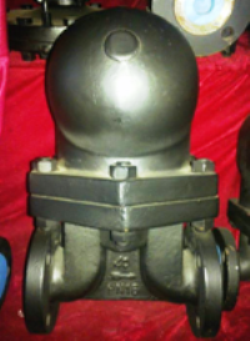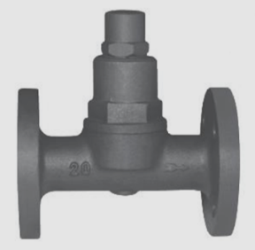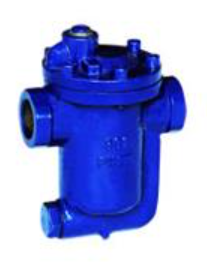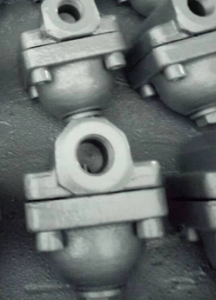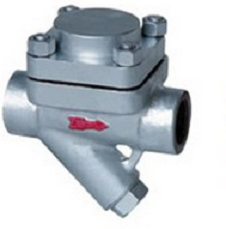UAE Valves is the leading Steam Trap Supplier in Dubai. A steam trap valve keeps steam from escaping while assisting in the removal of non-condensable gasses such as air and condensate, or condensed steam.
Working: in a steam system, steam traps are used to separate the liquid condensate from the gaseous steam. Additionally, they release non-condensable gasses from the system, such as air. Steam traps preserve the effectiveness of the steam system and guard against equipment damage by eliminating gasses and condensate.
Function:
1)To automatically drain condensate the water that collects as steam condenses from the steam system.
2)While releasing condensate, they are made to hold steam in the system.
3)Steam trap valves contribute to the efficiency of the steam system by controlling condensate.
4)They help to keep the steam system safe overall.
5)They help control the steam system’s heat transfer.
Advantages:
1)Energy Efficiency: By gathering and discarding condensate, steam traps maintain the steam system’s maximum efficiency.
2)Protection for Equipment: Prevents damage and puts an end to water hammer.
3)Cost savings: reduces energy use and running costs.
Types:
1)Ball float steam trap : It makes use of a floating ball mechanism to control the removal of condensate from steam systems.
2)Bimetallic steam trap : It uses properties of two different metals to regulate the condensation process in steam systems.
3)Inverted bucket steam trap :It uses an inverted bucket to separate steam and condensate (water) in a steam system.
4)Thermodynamic steam trap: It allows steam to flow through while controlling condensate discharge from a steam system via the application of the laws of thermodynamics.
5)Thermostatic steam trap: It allows steam to pass through by using a thermostatic element to control the condensate discharge from a steam system.
Industries:
1)Oil and gas industry
2)Paper and pulp industry
3)Textile industry
4)HVAC
5)Petrochemical industry
Components:
1)Body :The main housing of the steam trap where all other components are contained.
2)Inlet and Outlet Ports :the stream and condensate lines are connected through this.
3)Strainer : Removes particles and rash from the steam before it enters the trap.
4)Discharge Port : Allows condensate to be removed from the trap
Description
Body Material: Carbon steel, Ductile iron, Stainless steel (SS304, SS316), Cast iron, Forged steel (A105, F11, F22)
Size: 1/2″ to 2″
Nominal Pressure: PN10 to PN250
Class: 150 to 300
Showing all 5 results



